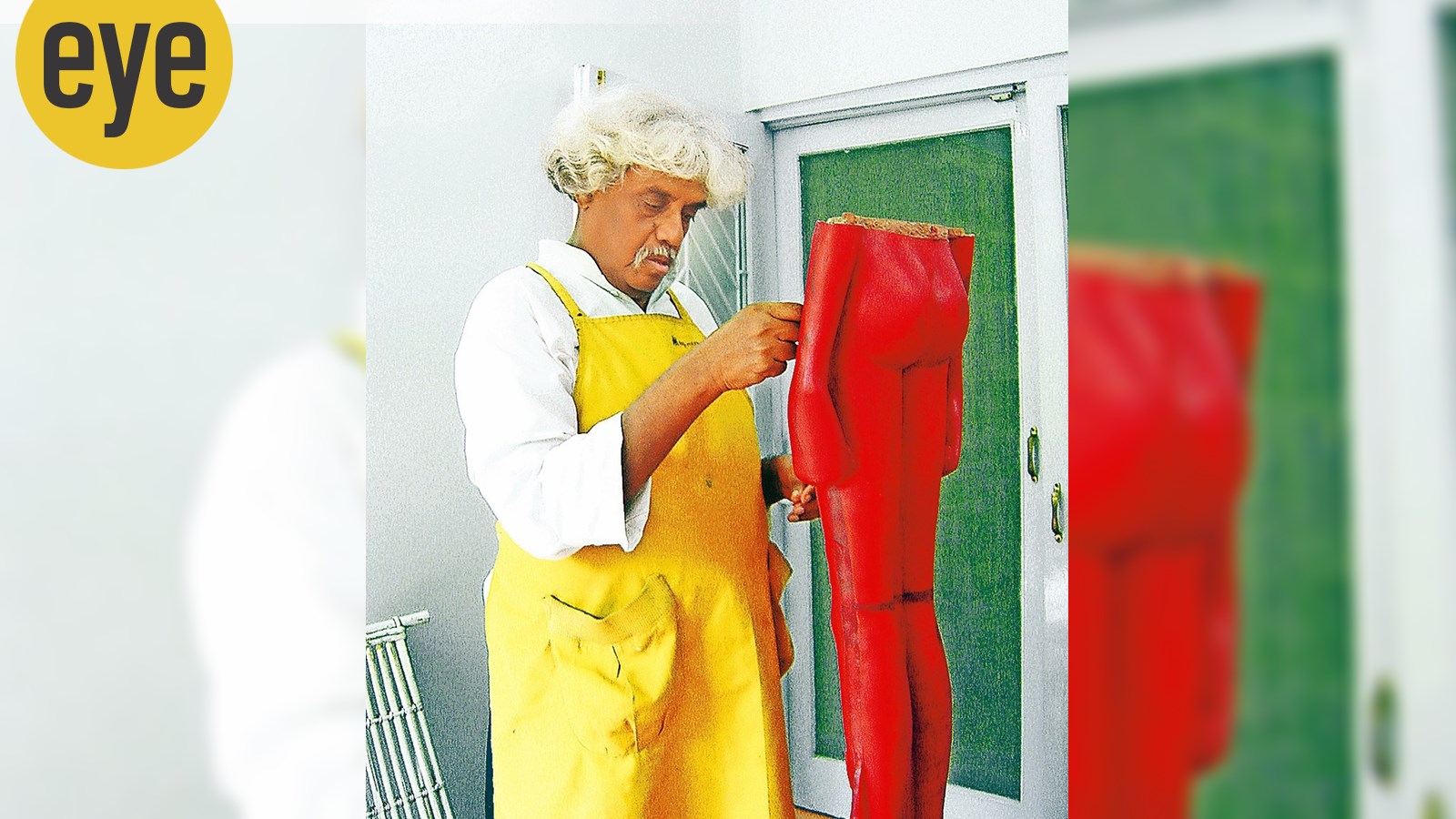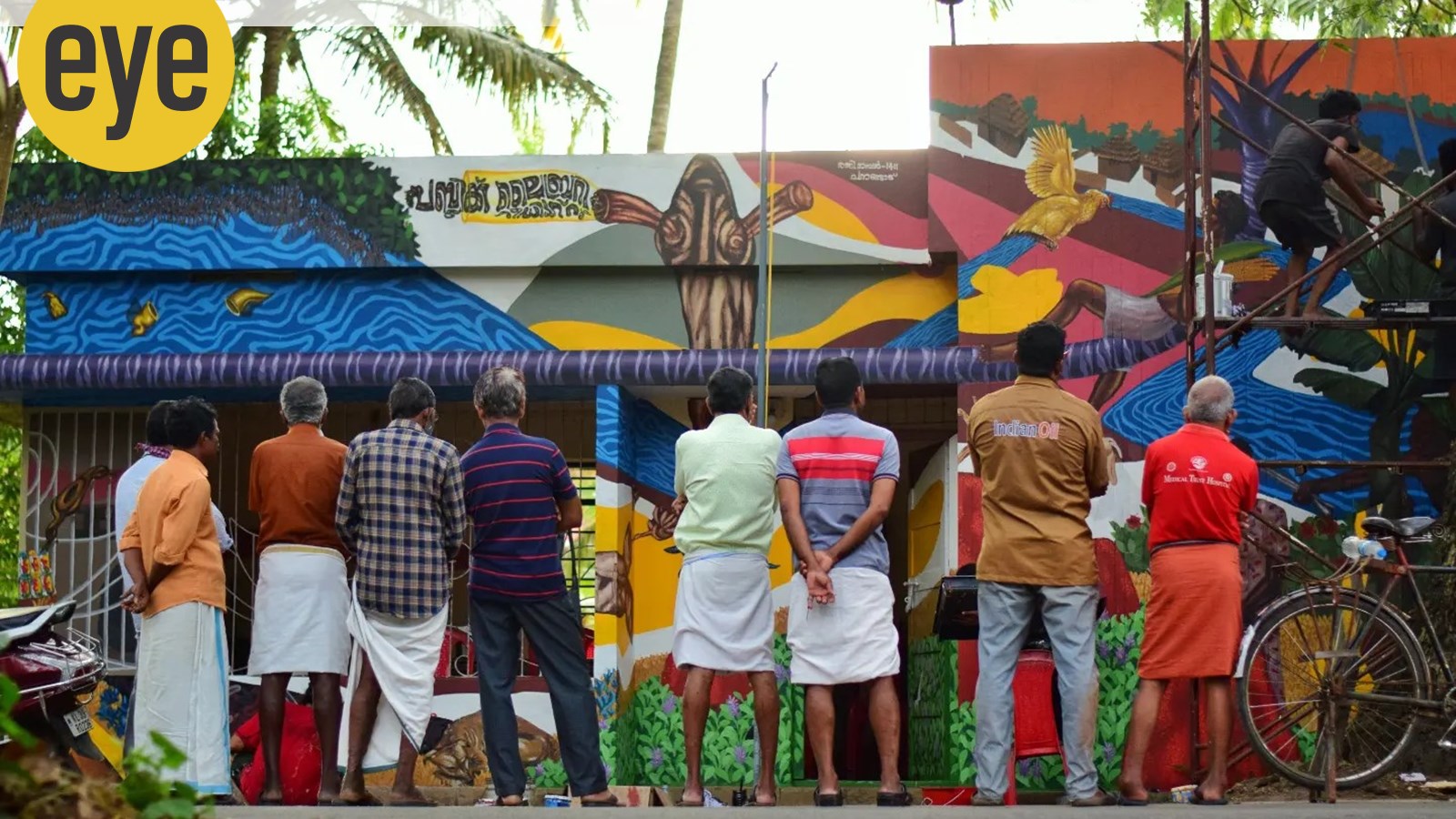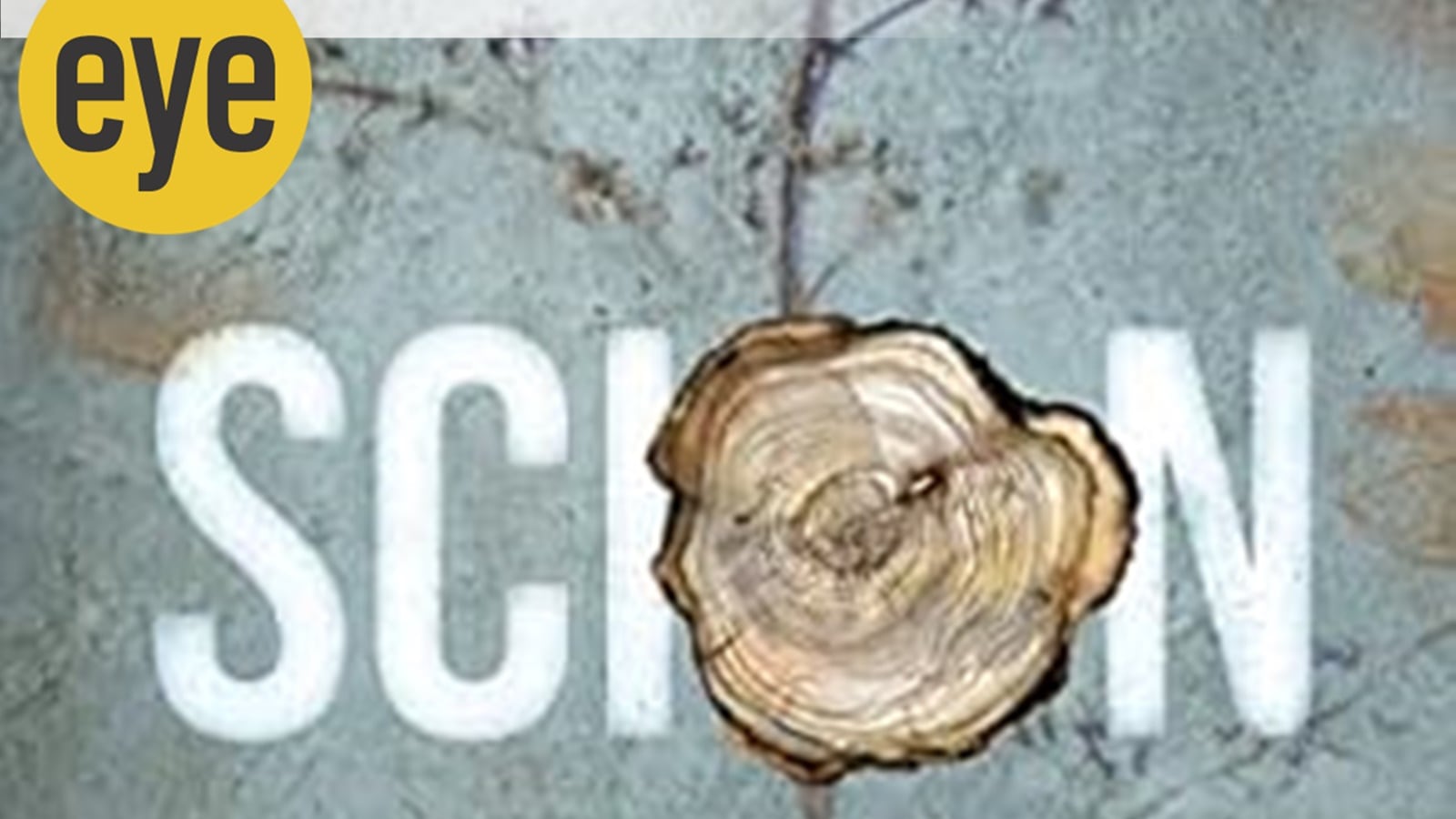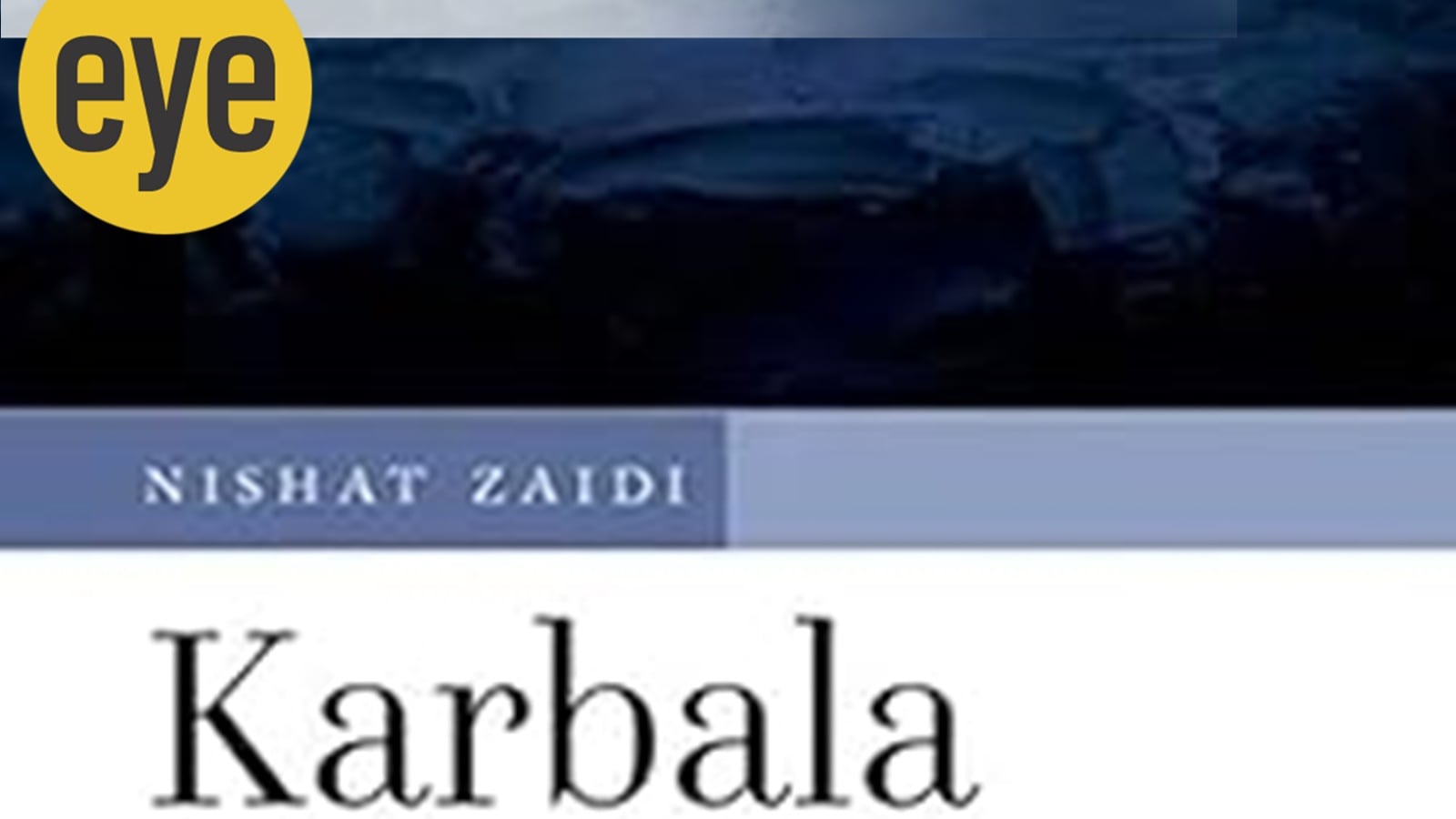📣 For more lifestyle news, click here to join our WhatsApp Channel and also follow us on Instagram
Sunday Long Reads: Krishnendu Bose’s Bay of Blood, Kerala art collective reshaping public spaces, book reviews and more
Here are this week's most interesting reads!
 Krishnendu Bose (left) during the recording of Bay of Blood.
Krishnendu Bose (left) during the recording of Bay of Blood. Krishnendu Bose’s Bay of Blood recounts carnage of Pakistan’s Operation Searchlight on Bangladesh
On February 26, 1971, Raqibul Hasan, the benchwarmer for the Pakistan cricket team, was finally stepping out to bat against the Commonwealth side at Dhaka’s Bangabandhu Stadium. All of 18, and the only player from East Pakistan in the team, he reached the striker’s end, and with a glint in his eye, revealed a curious sticker on his bat — the words “Joy Bangla” written in Bengali. In a euphoric flash, the audience erupted in loud chants of the familiar war cry, resulting in disruptions to the game, which was cancelled. Little did Hasan know at the time that he would be “giving up the bat and picking up the Sten gun” to fight for the liberation of his country.
What makes artist A Ramachandran an artist who can provoke and yet shine light into the darkest corners
 A Ramachandran (Courtesy: Manisha Gera Baswani)
A Ramachandran (Courtesy: Manisha Gera Baswani)
When priests at the Krishnaswamy temple in Attingal in southern Kerala summoned gods through rituals, a young A Ramachandran watched in quiet wonder. Years later, his sculptures still reflect those cosmic arrangements — the precision with which the sanctum was adorned for worshippers to be mesmerised by the idol that shone in the light of flickering lamps in the otherwise dark altar.
KR Meera’s Assassin seeks to respond to the socio-political realities of contemporary India
 Assassin (2023) by KR Meera
Assassin (2023) by KR Meera
There are times when segregating the political from the personal becomes difficult, and when we live through one such period, it is not surprising that it gets reflected in our myriad activities and more importantly, in the stories we tell. This happens because very often our stories are honest and ethical responses to the life around us. KR Meera’s novel Assassin can be read as one such response to the complex socio-political scenario of contemporary India. Dedicated to Gauri Lankesh, the novel speaks of how the life of an ordinary 44-year-old woman begins to unravel in an India that is caught in the vortex of demonetisation. Satyapriya’s life seems to reflect the chaos around her as she faces an unknown assassin. She is understandably disturbed by the unexplained attempts on her life but as she tries to find an answer to this enigma, her memories, like the currency notes that are rendered useless one fine day, pull the rug from beneath her feet.
At Art Mumbai, watch out for this Kerala art collective that’s transforming India’s public spaces
 The locals looking at a finished mural. (Credit: Trespassers)
The locals looking at a finished mural. (Credit: Trespassers)
Imagine the drab, lifeless walls of buildings across India. Now, envision them transformed into an outdoor art gallery, bursting with life, telling stories, and invoking emotions through larger-than-life murals. Trespassers, an artistic collective from Kerala, has made this vision a reality. From the echoing halls of academia to vibrant streets, they have been popularising mural art in public spaces across the country.
Why a book prototype on the seven biodiversity parks of Delhi is important
 Cormorant drying its wings at the Yamuna Biodiversity Park. (Credit: Ranjit Lal)
Cormorant drying its wings at the Yamuna Biodiversity Park. (Credit: Ranjit Lal)
What strikes you as soon as you pass through the gates is the overwhelming sense of serenity and calm. This is one quality that the Yamuna Biodiversity Park has always had and I could feel myself relaxing automatically as I got out of the car. Inside the office I was delighted to meet Professor CR Babu of the Centre for the Environmental Management of Degraded Ecosystems, who along with his zealous team, has over the last 20-odd years transformed what was once a wasteland into a thriving wonderland, brimming and humming with life. This was not the only arid, devastated landscape they have rejuvenated around the city: Delhi now has seven biodiversity parks – each with its own habitat and with its own ecosystem, which has been restored, and should we say rewilded. All are works in progress, but the results are already plain to see.
Scion, R Ranganath Prasad’s translation of SL Bhyrappa’s Vamshvriksha explores the eternal conflict between tradition and modernity
 Scion (2023) by S.L. Bhyrappa (Author), Ranganath R. Prasad (Translator)
Scion (2023) by S.L. Bhyrappa (Author), Ranganath R. Prasad (Translator)
SL Bhyrappa has been a great success of our times despite all the criticism of his ideological stance. His commitment to the genre of the novel and his novels’ running into several reprints in no time with a wide readership across the country make him a unique novelist. He eluded literary trends of his time but is deeply rooted in Kannada’s cultural milieus. Scion (2023), the third and the latest translation of his Vamshvrishka (1965) by R Ranganath Prasad, narrates the story of two Brahmin families set in the post-independent South Indian towns of Mysore and Nanjangud.
How Chandler’s sarcasm spoke to Gen Z
 But surely Chandler’s brand of humour cannot be laid claim to by just Gen Z (Source: Warner Bros Television)
But surely Chandler’s brand of humour cannot be laid claim to by just Gen Z (Source: Warner Bros Television)
In a lavish New York apartment above a coffee shop, after taking unwarranted potshots at multiple scene-mates in the very first episode of Friends, Chandler Bing gets up from the table, walks over to the door, sighs, and says, “All right, kids, I gotta get to work. If I don’t input those numbers…” Then he raises his eyebrows, considers the end of that sentence, flicks his head, and delivers what he knows is a veritable punchline, “It doesn’t make much of a difference.”
Shelf Life: Nishat Zaidi’s translation of Premchand’s Karbala brings to an English-speaking audience the humanism of the pioneering writer
 Karbala, A Historical Play by Premchand. Translated by Nishat Zaidi
Karbala, A Historical Play by Premchand. Translated by Nishat Zaidi
Prophet Muhammed’s younger grandson, Imam Hussain, was martyred with his family and clansmen by Caliph Yazid I in the desert of Karbala. This battle between good and evil is also a tale of heroic sacrifice and betrayal, making it a popular literary metaphor in the world of politics — used by everyone from Maulana Abul Kalam Azad to Mahatma Gandhi. Nishat Zaidi’s translation is a new installment in a long tradition of retellings. Agha Shahid Ali’s prose poem, Karbala: A History of the ‘House of Sorrow’, translated the story into a lament for his home in Kashmir. Ismat Chughtai devised a political allegory in Ek Qatra Khoon.
📣 For more lifestyle news, click here to join our WhatsApp Channel and also follow us on Instagram





- 01
- 02
- 03
- 04
- 05






















